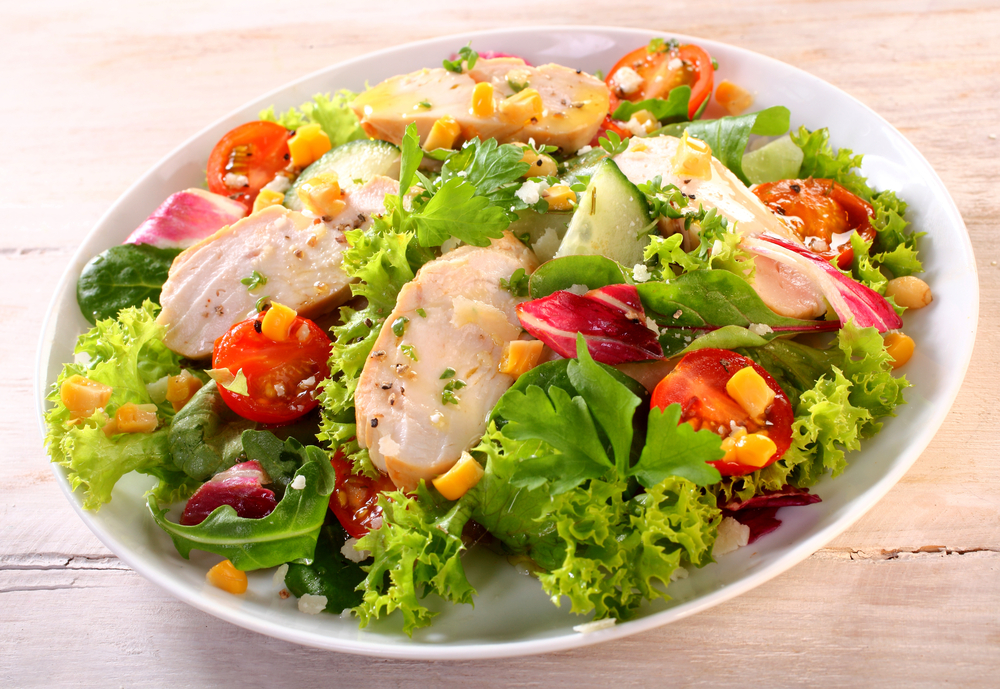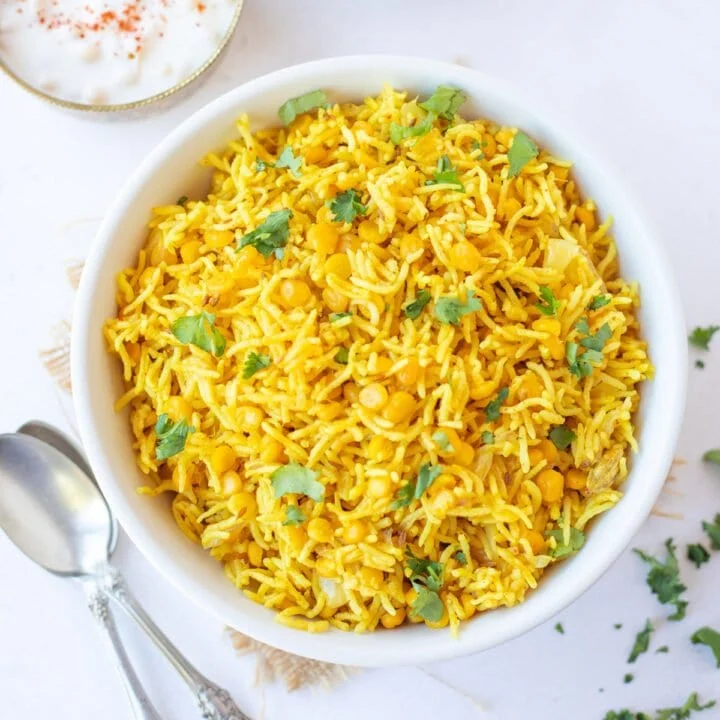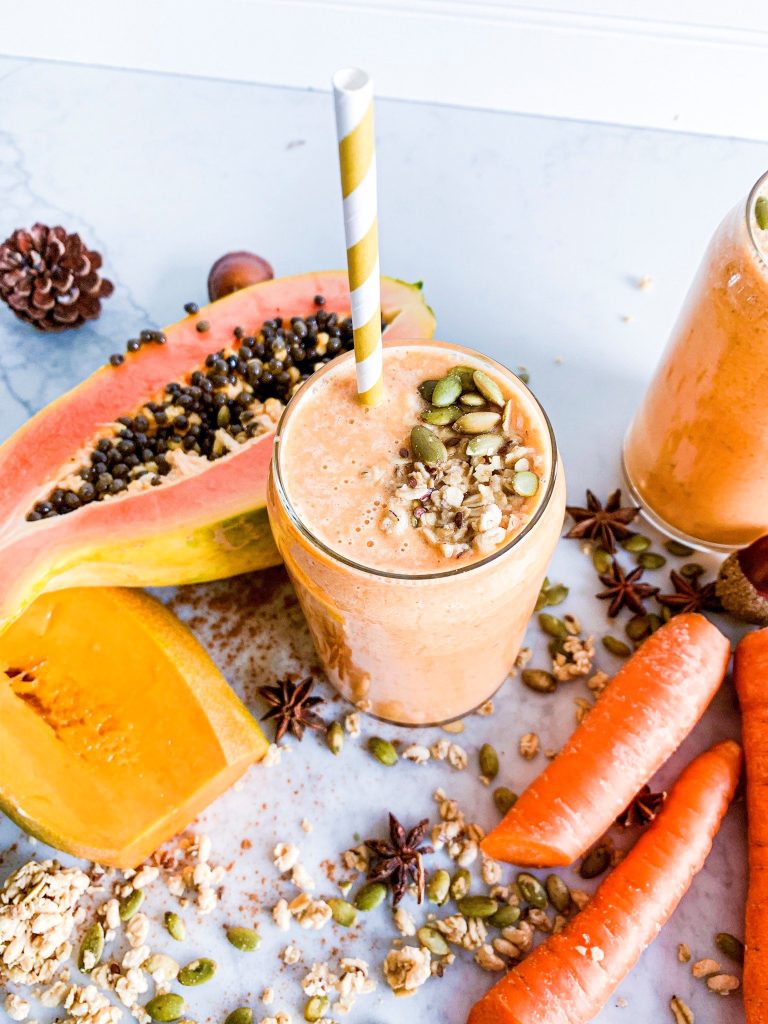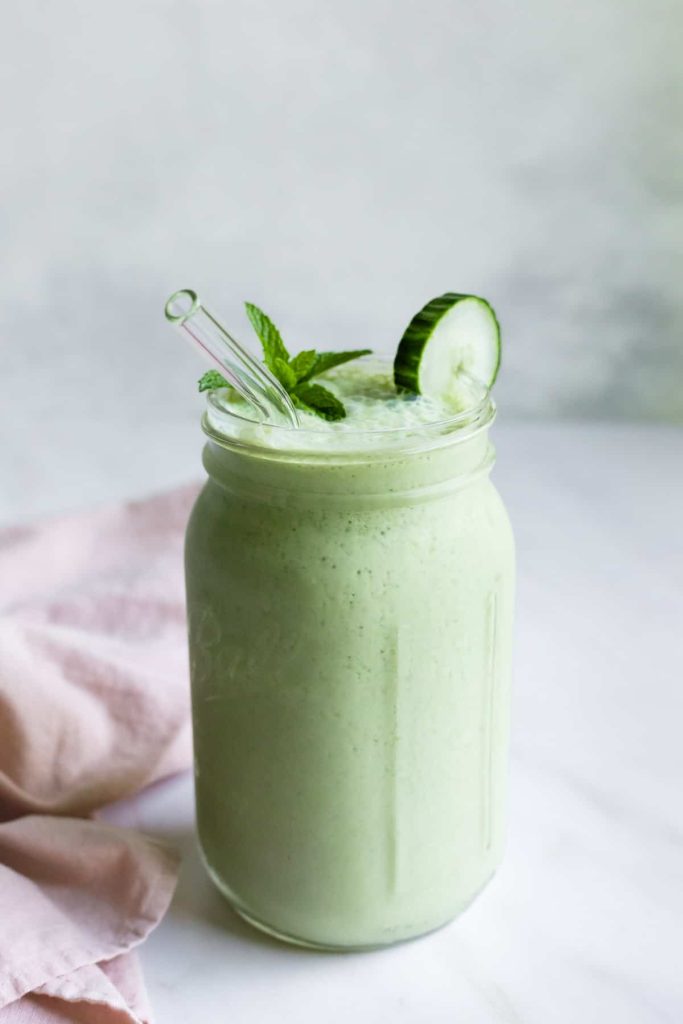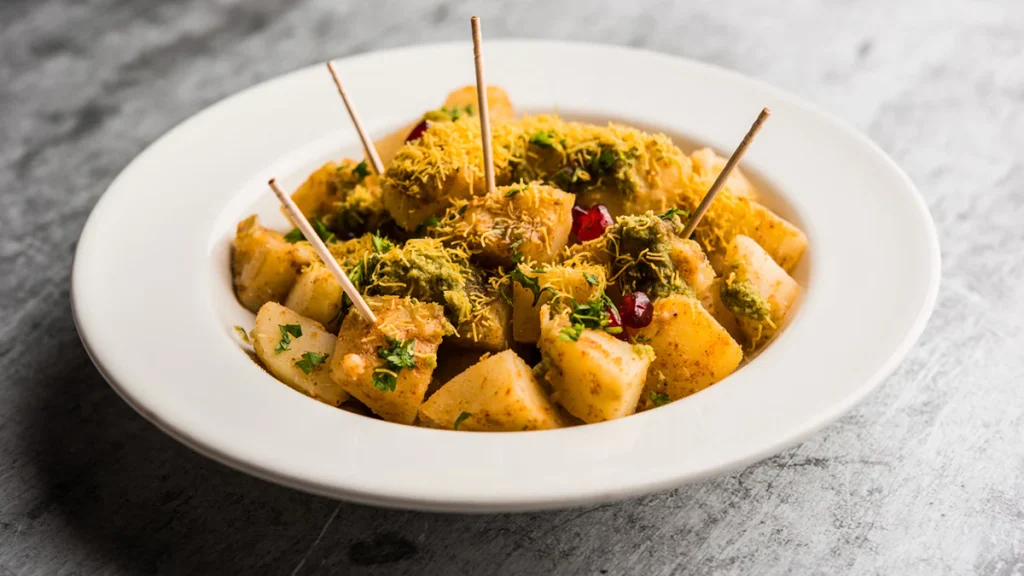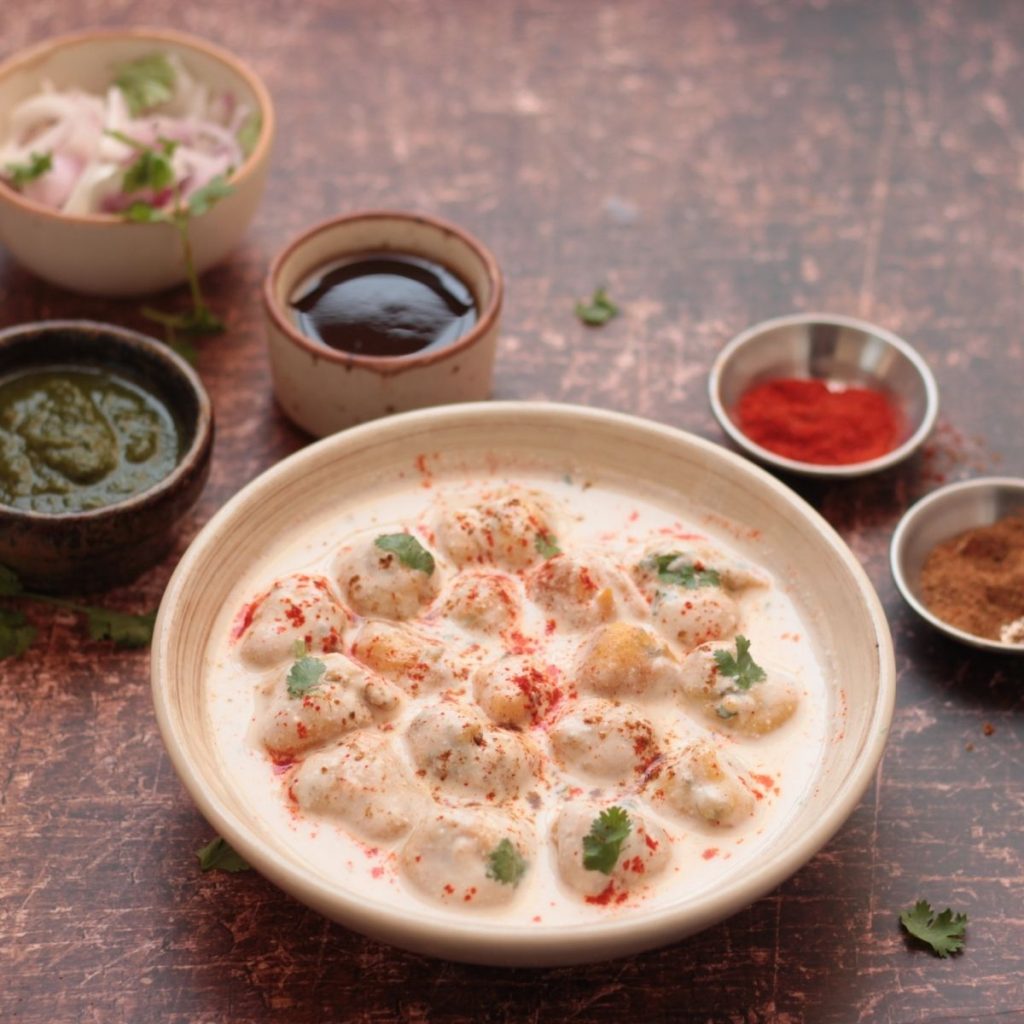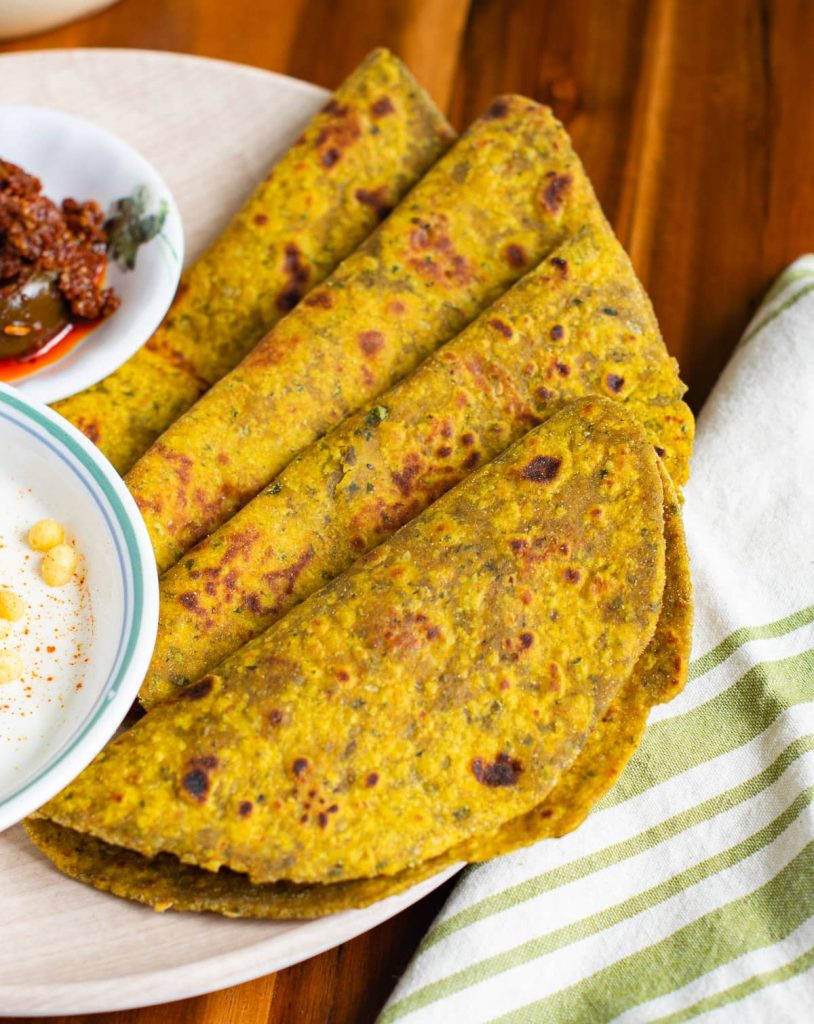Passing a kidney stone can feel as intense as labor pains minus the adorable bundle of joy. If you’ve gone through it, you’re probably eager to prevent it from happening again. The good news is that your diet can make a big difference.
“Medications, genetic disorders, and medical conditions can all play a role in stone formation,” says urologist Smita De, MD, PhD. “But diet is a critical component for most patients.”
The best diet to avoid kidney stones varies depending on the type of stone a patient makes since each has different risk factors. There are four main kinds of kidney stones, but the most common are calcium oxalate stones.
Health issues, such as diabetes or osteoporosis, can also affect stone development and dietary recommendations. So it’s essential to consider these factors when developing the best kidney stone diet plan for you.
But these seven general guidelines are good for most people who’ve had stones….
1. Drink more fluids
When urine is concentrated, waste products in fluid start to crystalize. The best way to combat that is to drink more fluids to water down your pee. “Most people are way more dehydrated than they think they are,”. “They’re not drinking nearly enough fluid.”
Aim for at least 2.5 liters of liquid a day. That’s about 10 cups. Water is the healthiest choice, but most beverages — including coffee and alcohol — count. Sugary drinks like punch and cola, which research suggests may increase your risk of kidney stones. Also, some types of teas may not be the best depending on your type of stones.
2. Keep eating calcium-rich foods
People with calcium oxalate stones often think they have to cut out dairy. That’s very rarely the case, “You need calcium in your diet to support strong bones and muscles try to meet your calcium needs through food rather than supplements unless your doctor recommends otherwise. Eat foods like milk, cheese, yogurt, oysters, and tofu.
3. Reduce salt intake
Higher salt levels in urine promote stone formation. it’s not just a matter of people adding salt to foods,“Many foods we eat contain a large amount of sodium.” “For example, low-fat cottage cheese has one-third of your daily salt in it.”Limit your salt to 1,500 to 2,000 milligrams a day. That’s about a half teaspoon of salt. In addition to not salting your food, pay attention to how much sodium is in prepared foods, including:
- Salad dressing.
- Cereal.
- Bread.
- Soups.
- Pasta sauces.
- Snacks.
4. Add lemon and lime juice to water
Lemon and lime juice serve as kryptonite for certain types of kidney stones. They contain citrate, which both neutralizes acid in urine and can stop calcium stones from forming.
“For example, uric acid crystals form and turn into stones in an acidic environment,” “So if your urine is alkaline [the opposite of acidic], then uric stones won’t form, and you can actually dissolve uric acid stones with high doses of citrate.”
Add lemon or lime to your water whenever you can. Aim for getting a total of a half cup of lemon or lime juice concentrate into your drinking water over the course of a day.
5. Talk to your doctor about supplements
Some common supplements — like vitamin C, turmeric, and calcium — can increase your risk for kidney stones. Others like fish oil and vitamin B6 can help reduce your chance of getting them.
Discuss supplements with your doctor before taking them to make sure they won’t lead to stone formation.
6. Rethink some healthy foods
Your doctor may recommend more dietary changes for you based on stone type and the results of a 24-hour urine test to determine your urine composition — basically, what your urine is made of.
If you have high oxalate content in your urine, for instance, your doctor may advise staying away from oxalate-rich foods like spinach, rhubarb, beets, okra, Swiss chard, sweet potatoes, nuts, tea, chocolate, and black pepper. Or they may recommend eating those foods with dairy, as the calcium from milk products binds to oxalates and forces them into your feces rather than urine.
“Oxalate is in a lot of really healthy foods like greens, vegetables, beans, and nuts,” “So we would only restrict them after examining a patient’s stone type and urine test results.”
7. Limit meat consumption
If you have kidney stones, reducing meat in your diet is a good idea. Animal protein can lead to increased amounts of acid in urine. A high level of acid promotes the crystallization of compounds in your pee that can turn into stones.
High amounts of animal protein can also reduce citrate in your urine, which — as noted above — helps prevent stone formation.
You don’t have to strike meat from your grocery list entirely but try to scale back. That means limiting:
- Fish.
- Chicken.
- Pork.
- Red meat.
Diet changes can have a big impact on the formation of kidney stones. It’s the first line of defense — and can be a very effective one — against kidney stone formation.
So with a few dietary adjustments, you may be able to ban kidney stones for life.

